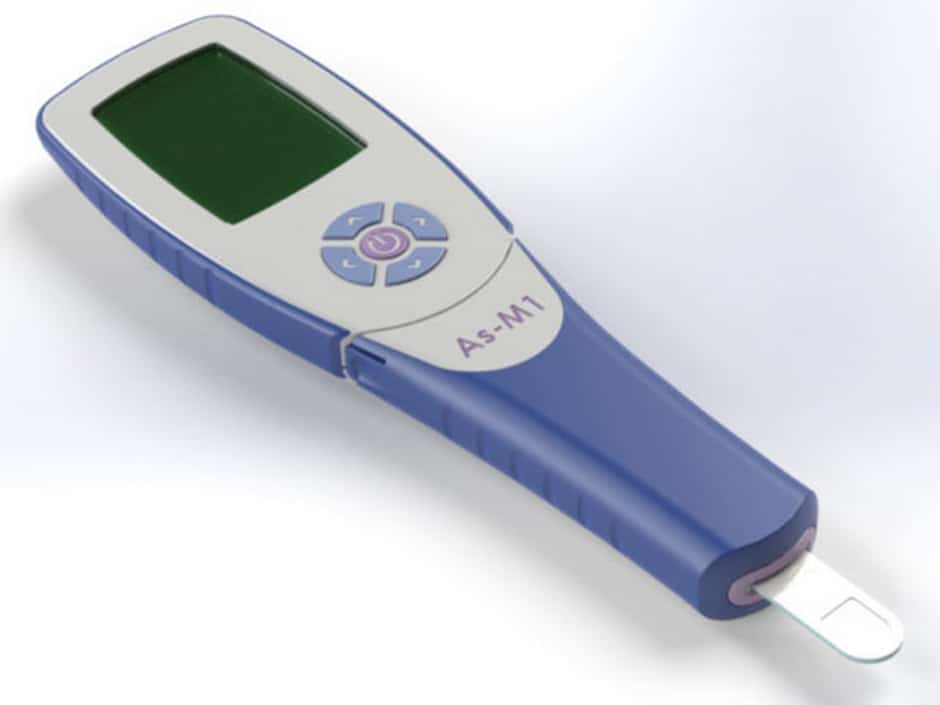An easy-to-use sensor that analyses drinking water for arsenic could save countless lives in low and middle income countries.

The sensor has been developed by researchers at UCL and Imperial College London, with Biotechnology and Biological Sciences Research Council (BBSRC) funding through the government’s Industrial Strategy.
The World Health Organisation estimates that 140 million people worldwide drink water containing unsafe levels of arsenic. In one region of Bangladesh, around 20 per cent of all deaths are attributable to arsenic poisoning. The new sensor produces an immediate measure of arsenic at under $1 per test, making it suitable for testing multiple sites.
Dr Joanne Santini, Reader in Microbiology at UCL Structural & Molecular Biology, had the idea of developing a sensor to detect arsenic in water when she discovered a microscopic organism that consumes arsenic.
Follow-on funding and a CASE studentship from BBSRC allowed Dr Santini and Tony Cass, Professor of Chemical Biology at Imperial College London, whose work led to the development of the first electronic blood glucose monitor, to begin work on an arsenic sensor.
Bio Nano Consulting, a spin-out from UCL and Imperial College London, has patented the sensor design and, using a Smart Award from Innovate UK, created a prototype which it can produce in batches of up to 100.
Dr David Sarphie, CEO of Bio Nano Consulting, said: “Arsenic contamination of water is a hugely important issue, and the technology hasn’t existed to enable it to be addressed properly. We feel that a user-friendly, cheap and rapid test could be extremely beneficial in terms of revolutionising how the problem might be addressed.”
In use, a drop of drinking water is introduced to the test strip, which is inserted into the sensor to produce a digital reading of the arsenic level in one minute. This would allow it to be used by local people in areas where the problem of arsenic poisoning is greatest and access to healthcare and technology is limited.
Currently available tests for arsenic need to either be carried out by scientists in a laboratory or using chemical test kits that produce toxic chemicals and take up to half an hour to give a result.
“We were doing some early-stage field trials a few months ago in Bangladesh and a lot of the villagers were actually pleading with us to come and measure their well, because they had no idea how much arsenic was in their water,” said Dr Sarphie.
The researchers expect it to be on the market within three years.




Poll: Should the UK’s railways be renationalised?
The term innovation is bandied about in relation to rail almost as a mantra. Everything has to be innovative. There is precious little evidence of...